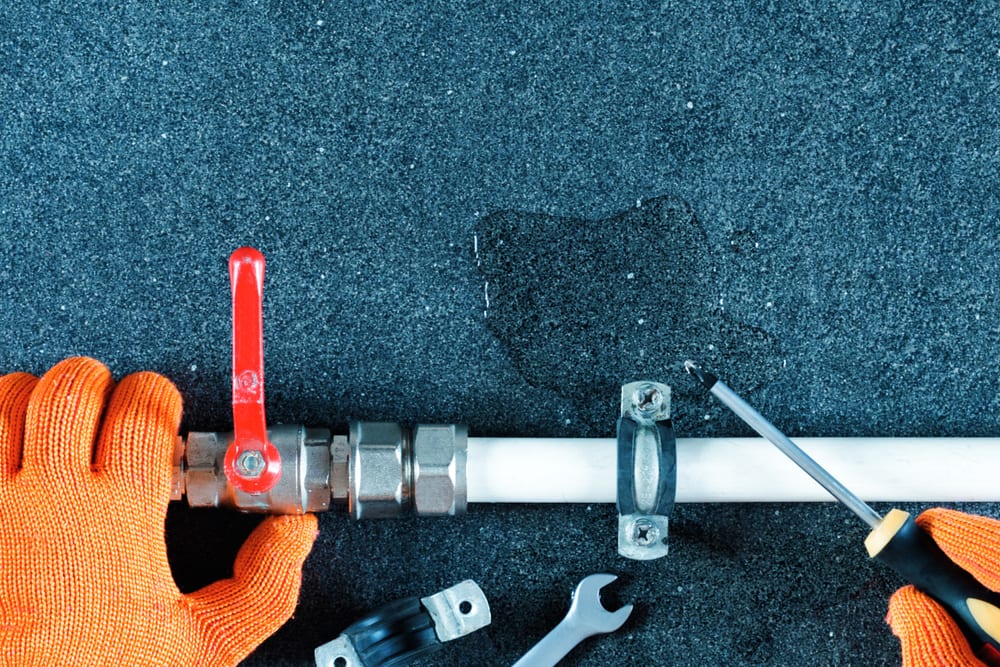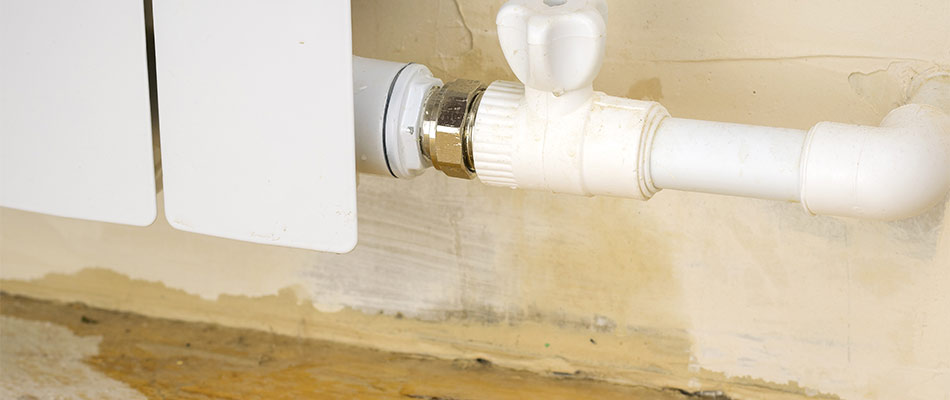Exactly how to Inspect If Your House Has a Covert Leak
Exactly how to Inspect If Your House Has a Covert Leak
Blog Article
How do you actually feel when it comes to Finding hidden leaks?

Early discovery of dripping water lines can mitigate a potential disaster. Aside from conserving you money, it will decrease the aggravation and irritation. The moment you find a leak, calling your plumber for repairs is the most effective option. Some little water leakages may not be noticeable. Right here are some hacks that aid if you can not spot it with your nude eyes.
1. Analyze the Water Meter
Examining it is a guaranteed means that aids you discover leaks. If it relocates, that indicates a fast-moving leakage. This suggests you may have a slow-moving leak that could even be underground.
2. Inspect Water Intake
If you spot abrupt modifications, despite your consumption being the same, it suggests that you have leakages in your plumbing system. An unexpected spike in your expense suggests a fast-moving leakage.
At the same time, a constant rise monthly, despite the exact same behaviors, shows you have a slow leak that's also slowly rising. Call a plumber to thoroughly check your home, especially if you really feel a warm location on your flooring with piping beneath.
3. Do a Food Coloring Examination
When it comes to water usage, 30% comes from toilets. If the shade somehow infiltrates your bowl throughout that time without flushing, there's a leak between the tank and bowl.
4. Asses Exterior Lines
Don't neglect to examine your outside water lines as well. Examination spigots by attaching a yard hose. Needs to water seep out of the link, you have a loosened rubber gasket. Replace this as well as guarantee all connections are tight. If you've obtained an automatic sprinkler, it will assist get it skillfully examined and maintained yearly. One little leak can throw away lots of water and spike your water bill.
5. Analyze the scenario and also check
Property owners must make it a habit to inspect under the sink counters and also even inside cabinets for any type of bad odor or mold growth. These 2 warnings show a leakage so punctual interest is called for. Doing routine examinations, even bi-annually, can conserve you from a significant issue.
Much more notably, if you know your house is already old, keep a watchful eye on your heating units, pipes, pipelines and so on. Check for discolorations and also damaging as many appliances as well as pipes have a life expectancy. They will additionally normally weaken because of tear as well as wear. Do not wait for it to intensify if you believe leaking water lines in your plumbing system. Call a specialist plumber right away so you do not end up with a horrible mess in your home.
Early detection of leaking water lines can mitigate a possible catastrophe. Some tiny water leakages might not be visible. Checking it is a surefire way that helps you discover leakages. One tiny leakage can lose tons of water and increase your water costs.
If you presume dripping water lines in your plumbing system, don't wait for it to escalate.
WARNING SIGNS OF WATER LEAKAGE BEHIND THE WALL
PERSISTENT MUSTY ODORS
As water slowly drips from a leaky pipe inside the wall, flooring and sheetrock stay damp and develop an odor similar to wet cardboard. It generates a musty smell that can help you find hidden leaks.
MOLD IN UNUSUAL AREAS
Mold usually grows in wet areas like kitchens, baths and laundry rooms. If you spot the stuff on walls or baseboards in other rooms of the house, it’s a good indicator of undetected water leaks.
STAINS THAT GROW
When mold thrives around a leaky pipe, it sometimes takes hold on the inside surface of the affected wall. A growing stain on otherwise clean sheetrock is often your sign of a hidden plumbing problem.
PEELING OR BUBBLING WALLPAPER / PAINT
This clue is easy to miss in rooms that don’t get much use. When you see wallpaper separating along seams or paint bubbling or flaking off the wall, blame sheetrock that stays wet because of an undetected leak.
BUCKLED CEILINGS AND STAINED FLOORS
If ceilings or floors in bathrooms, kitchens or laundry areas develop structural problems, don’t rule out constant damp inside the walls. Wet sheetrock can affect adjacent framing, flooring and ceilings.
https://www.servicemasterbyzaba.com/blog/how-to-detect-water-leakage-in-walls/

I ran across that page on Top leak detection hacks when surfing around the web. Liked our review? Please share it. Let others locate it. I recognize the value of reading our article about Detecting hidden plumbing leaks.
Report this page